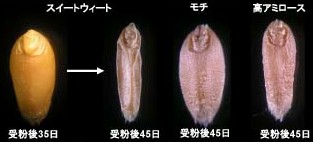 On December 12, researchers from Japan's National Agriculture and Food Research Organization (NARO) and Nippon Flour Mills announced the development of sweet wheat, a hybridized variety of wheat with twice the sugar concentration of common wheat. This first-of-its-kind sweet wheat eliminates the need to add sugar when it is used in cakes or other baked goods, researchers claim.
On December 12, researchers from Japan's National Agriculture and Food Research Organization (NARO) and Nippon Flour Mills announced the development of sweet wheat, a hybridized variety of wheat with twice the sugar concentration of common wheat. This first-of-its-kind sweet wheat eliminates the need to add sugar when it is used in cakes or other baked goods, researchers claim.
By repeatedly breeding varieties of wheat with low levels of enzymes associated with starch production, the researchers were able to lower the wheat's starch content -- which is ordinarily around 70% -- to 25%. The result is a variety of wheat with a significantly higher concentration of sugars such as maltose and sucrose.
In this way, sweet wheat is similar in concept to sweetcorn, which also was specifically bred to increase its sugar content.
Sweet wheat is identical in appearance to common wheat, except that it withers and develops wrinkles when dehydrated. Its natural sweetness gives it a distinctive flavor when it is ground into flour and used as an ingredient in baked goods.
Nippon Flour Mills hopes to make sweet wheat commercially available in two to three years. In the meantime, the company is looking into the possibility of developing new types of food products that draw upon the natural flavor of sweet wheat.

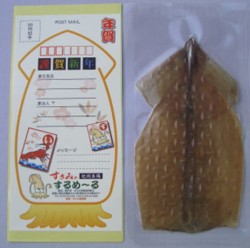 Residents of the coastal town of Susami in Wakayama prefecture love the sea and the post office so much that the town once installed a
Residents of the coastal town of Susami in Wakayama prefecture love the sea and the post office so much that the town once installed a 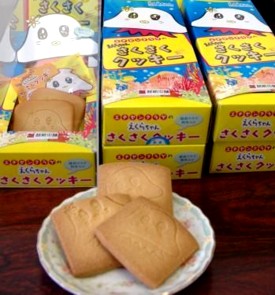 As part of an
As part of an 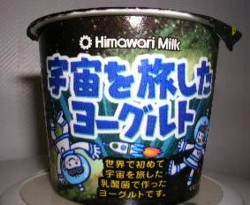 Earlier this month,
Earlier this month, 

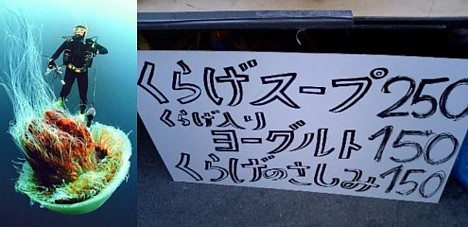
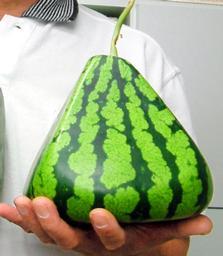
 A mutant tomato with a face resembling a Chinese lion mask was harvested from a field in the city of Yahata in Kyoto prefecture. The common momotaro tomato is 3 times the normal size, measuring 10 cm in diameter and weighing 150 grams.
A mutant tomato with a face resembling a Chinese lion mask was harvested from a field in the city of Yahata in Kyoto prefecture. The common momotaro tomato is 3 times the normal size, measuring 10 cm in diameter and weighing 150 grams. 